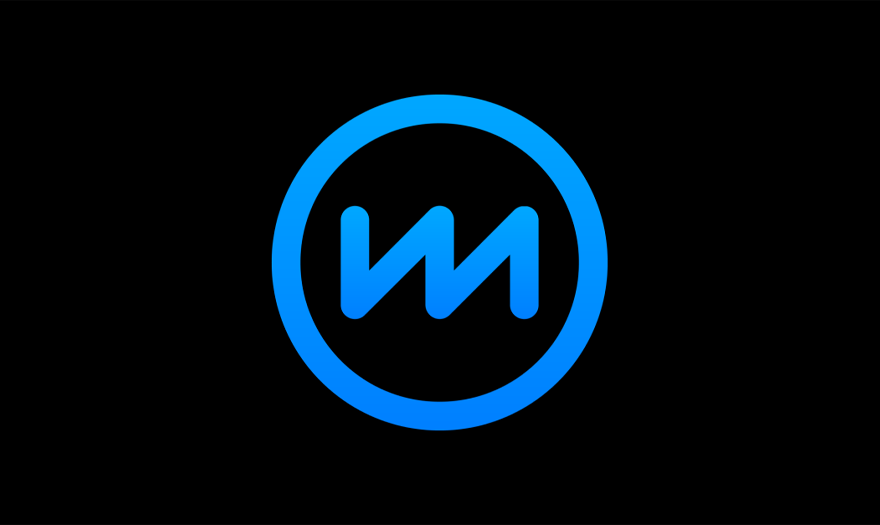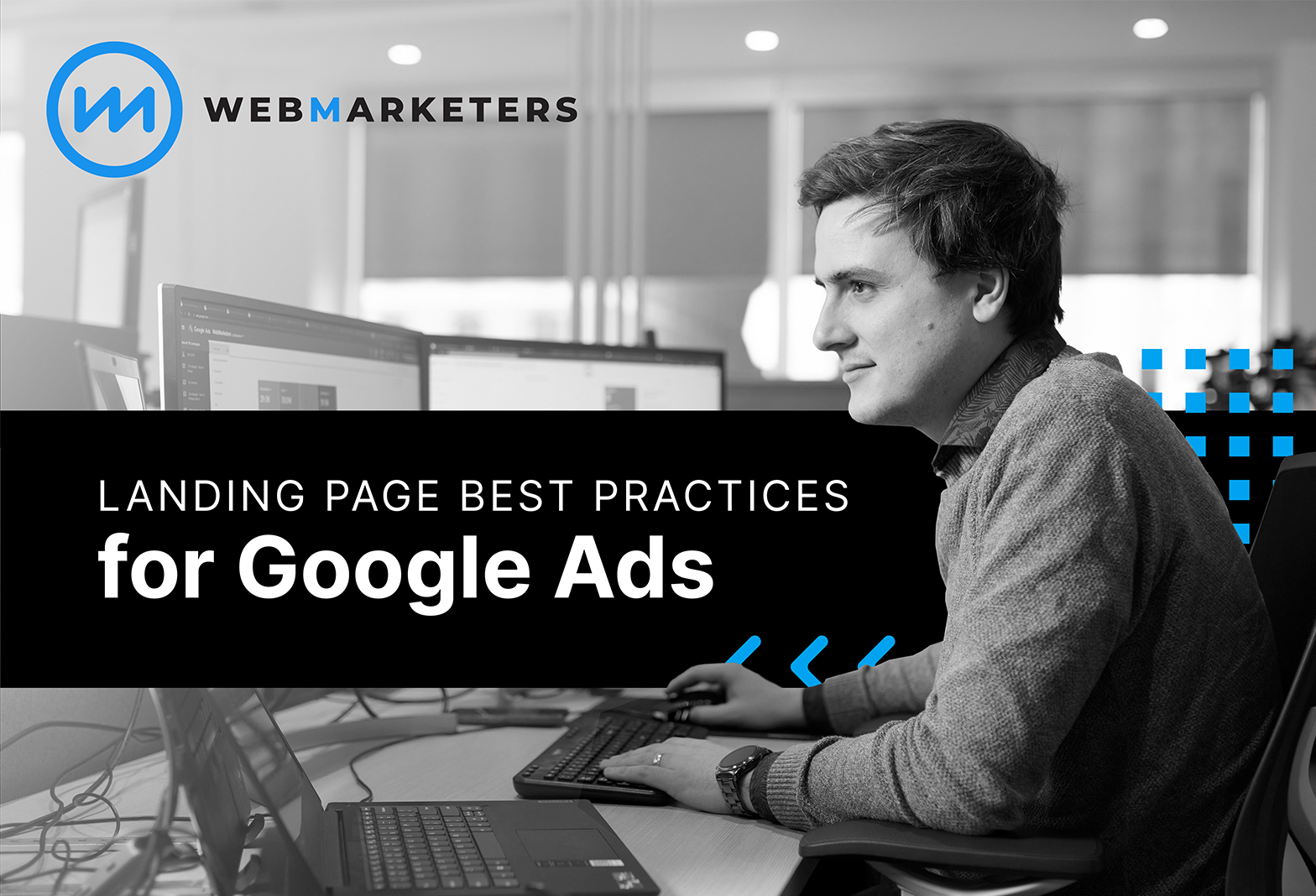
A successful Google Ads strategy is important for any business, especially for newer ones that haven’t had years to develop a strong brand, online presence, and natural organic traffic through SEO.
There are many aspects of a Google Ads campaign that contribute to its success, from the types of campaigns you run (Search, Display, Video, Shopping etc.), to targeting (locations, audiences, and keywords), to the ad copy, and most importantly, the landing page. The landing page is where you want your potential customers to take the desired action that is valuable to your business. This could be in the form of buying a product, calling the business to book an appointment, or even using the live chat service on your website.
Landing pages can make or break the ad experience for users and campaign performance by extension. By applying best practices, you can make sure that your landing pages are helping Google Ads campaign performance instead of hurting it.
How a Landing Page Can Impact Your Google Ads Campaigns
A poor landing page experience can impact ad performance in several ways. It could result in more bounces (leaving the page without taking any action), reduced ad impressions on Google Search, higher costs for clicks, and more that can end up adding extra marketing expenses to your business, hurting the bottom line.
Google analyzes landing pages to determine how effective they are at providing an ad experience that customers want. When considering your landing pages in Google Ads, asking yourself “What do my customers want in a landing page and ad experience?” is an important first step towards understanding how you can make your ads more impactful for your business.
What Google Considers a Good Landing Page & Ad Experience
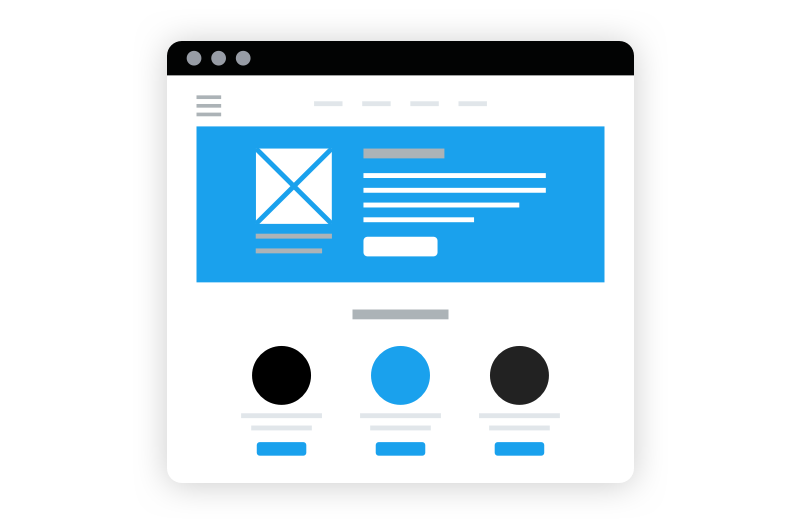
In terms of what Google deems important for a great ad experience on a landing page, there are four criteria that the page must meet:
Landing Pages Must Be Relevant to the User’s Search
The landing page must provide the product, solution, or information that they are looking for. There is no point in showing someone an ad for apples when they are looking for oranges, metaphorically speaking.
Landing Pages Must Be Trustworthy
The page needs to have a professional appearance with content that explains products or services clearly with honesty and transparency.
Landing Pages Must Be Easy to Navigate
The user should be able to intuitively know where to go to find the information they are looking for, and how to take further action if they would like more information on the product or service.
Landing Pages Must Have Reliable Performance
The landing page must load quickly on all browsers and devices. All elements of the page should display properly, and work as intended.
When all these criteria are taken into consideration and worked into the design and function of the landing page, your ads will provide a better experience for users. As a result, you will improve the performance of your Google Ads campaigns, but what are the best practices to ensure a landing page meets these criteria?
Google Ads Landing Page Best Practices
Relevance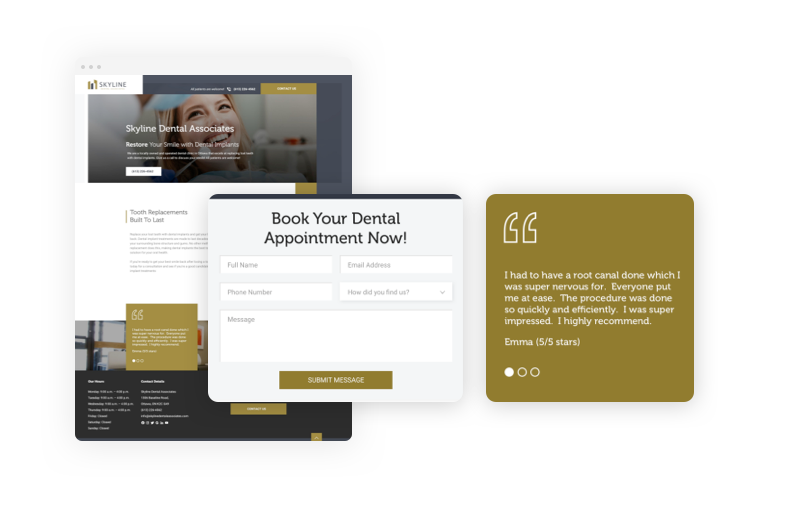
Landing page relevance is all about matching the content on the page to the terms and intent of the user’s search. Consider the following to ensure a landing page is relevant:
- Avoid generic pages like a home page, about us page, or contact us page. Choose a page that provides information that is related to the product or service that the user is searching for.
- Incorporate the keywords that you are targeting in the ad group into the landing page content. This will increase the quality score of those targeted keywords, allowing the ad to be shown more often, in better positions and at a cheaper cost per click.
- Use the same call to action in the ad copy as the landing page, and make sure that the call to action aligns with the goal of the campaign.
- Make sure the elements on the landing page are focused on the goal of the ad (leads, mailing list signups, sales, etc.). They should all work together to guide the user toward your desired action.
- Use the same value proposition on the landing page and in the ad copy. This helps maintain a consistent experience.
- Make sure the value proposition and call to action stand out on the landing page.
- Use multiple ad groups to narrow down the focus of the ads. Each ad group should have its own unique theme in terms of product or service and target keywords.
Trustworthiness
Customers absolutely need to think and feel like the website they are looking at, and the information that is being presented to them is valid and trustworthy. If they don’t think that a landing page is trustworthy, they associate that with the brand, and not even the best calls to action could convince them to take the desired action that your campaign is focused on. To make a trustworthy landing page, you must:
- Be upfront about the product or service offering and any additional fees that may be involved. If your business provides quotes for services, specify whether that quote is free, or if there are any obligations that come with it.
- Include contact information on the page so the user can get in touch to ask any questions they may have. Provide as many ways for them to contact you as you can. This could be phone number and email address links, contact forms, a live chat service, or social media.
- Make sure the landing page content is free of any spelling or grammatical errors. Nothing looks more unprofessional than poorly written content, and your potential customers will notice.
- If you are asking for any personal information from the customer, be clear about why you are asking for it and how that information will be used. Providing links to a terms of service page or a privacy policy page is always a good idea.
- Display customer reviews and testimonials on the landing page. Social proof is one of the easiest ways to build trust with potential customers and is a powerful motivator to help them decide to reach out to your business.
- Provide a secondary call to action that offers more information on the product or service you’re advertising. This could be in the form of informational documents that can be downloaded directly or sent via email for example.
- Don’t use pop-ups. Anyone who has used the internet back in the late 90s and early 00s knows how annoying pop-ups can be. Provide all the relevant information directly on the landing page instead.
- Verify any claims about your product or service that you make on the landing page, and back those claims up with evidence.
- Display any certifications and brand associations your business has prominently on the page.
- Use a clean and simple layout that is consistent with the website’s branding to ensure it has a professional design.
Easy Navigation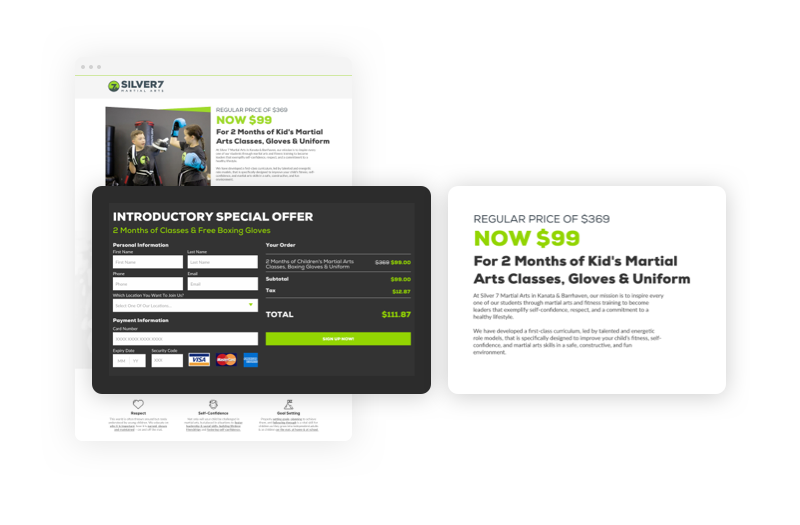
Studies have shown that the average attention span of a web user is 8 seconds. That means you have an average of 8 seconds to get your message across and convince your potential customers to take the desired action for your Google Ads campaign. Using a landing page that makes finding this message more difficult than it needs to be is an easy way to pay for clicks that don’t produce results. To make your landing page easy to navigate, you must:
- Make sure to give the customer what they want – easy access to the information they are looking for.
- Use lists and bullet points to highlight the most important information. This is useful to provide the right information to users who are only skimming pages.
- Make sure the text content on the page is concise and gets straight to the point. Don’t include any information that is not relevant to the product or service being advertised.
- Use oversized buttons with eye-catching colours for your call to action. They stand out in a simple page design and highlight the action you would like them to take.
- Make the page shareable on social media by including social media buttons at the top of the page. This will help your business get additional traffic to the page for free.
Reliable Performance
Make sure the landing page loads as quickly as possible on all browsers and devices once the ad has been clicked. Slow page speeds are directly correlated to higher bounce rates.
- Provide a consistent experience across all device types (desktop computers, laptops, mobile devices, and tablets). Using responsive design principles for your landing page is an absolute must-have to ensure a consistent experience across devices.
- Avoid using too many large video files, large image files, and excessive JavaScript. All of these things slow download times for pages. Only use JavaScript that is required for the page to function properly, and make sure image and video files are compressed and optimized for web pages.
- Use natural-sounding copy that makes the user feel welcome and encouraged to take action.
BONUS: Create a Sense of Urgency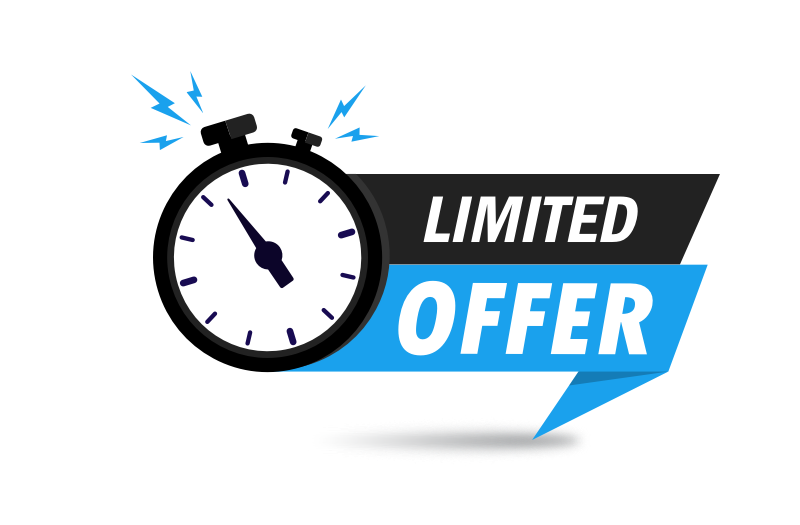
One other way to add additional impact to your landing page is to create a sense of urgency within the ad experience that pushes the user to act. This is usually done by presenting limited-time offers. Incorporating that into the messaging of your landing page, and even including elements like countdown timers can help to create that sense of urgency and get your customers to act sooner due to the fear of missing out on a great deal.
When doing this sort of thing, be sure to be strategic, as well as honest and transparent about the time-limited offer to maintain trustworthiness. This is more of an optional criterion to consider. As long as you make sure your landing pages are relevant to user searches, build trust with your customers, are easy to navigate, and have reliable performance, your Google Ads campaigns are sure to see more success than if you had not used these best practices.
